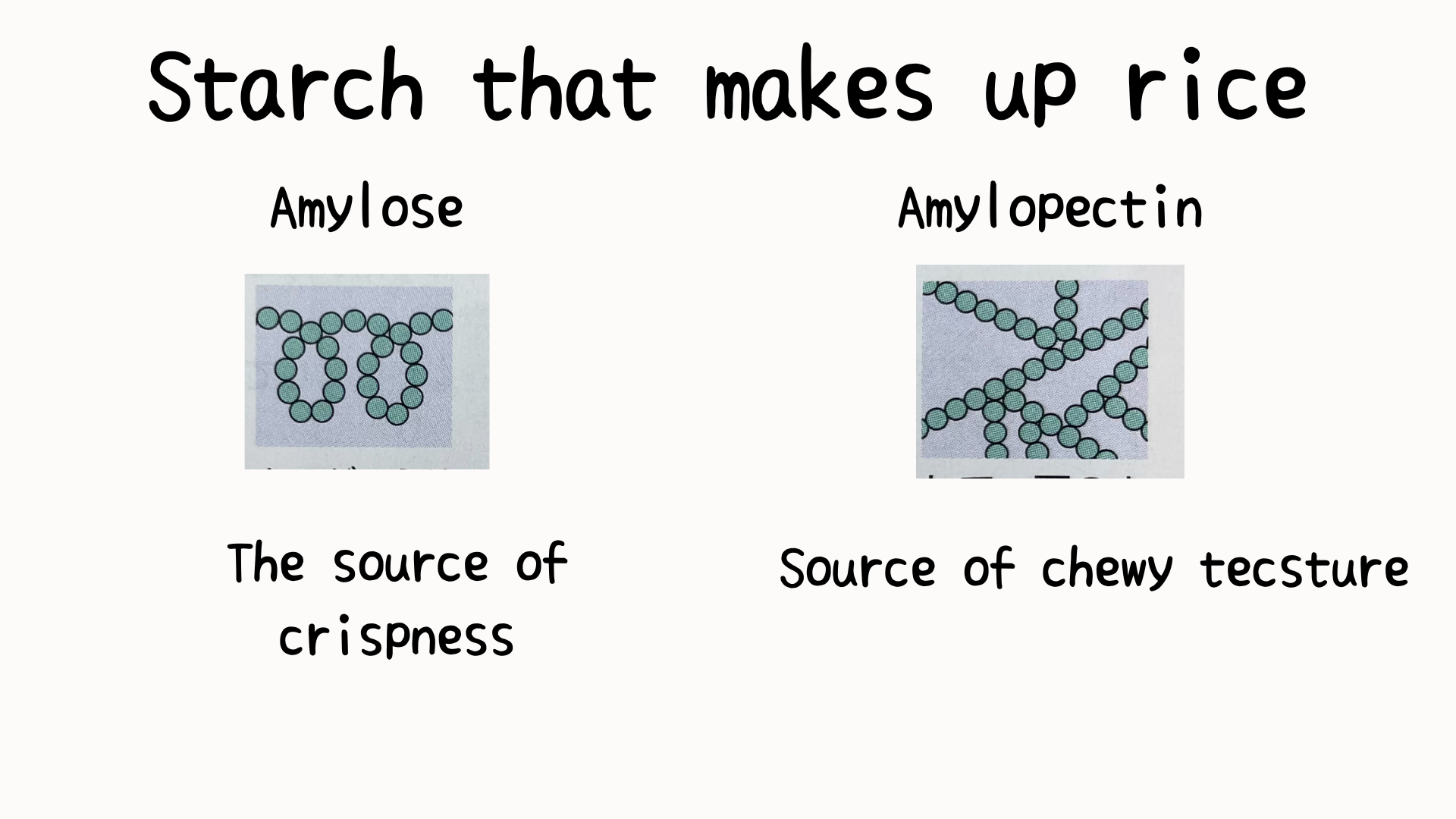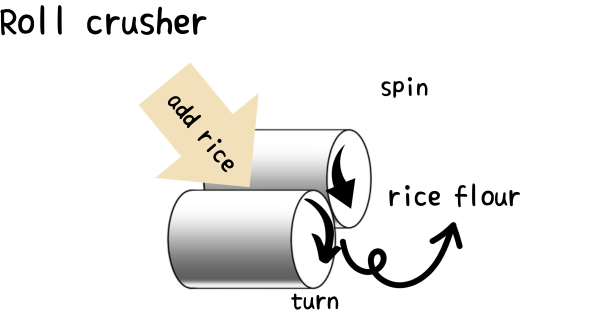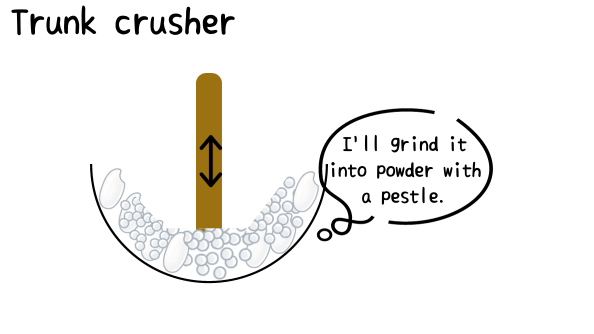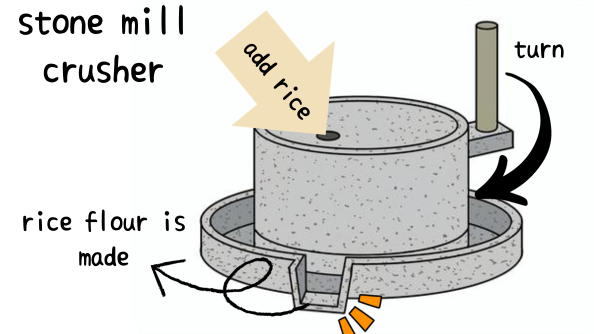Manufacturing rice flour
1. Types of rice flour
Raw materials for rice Types of rice

Types of starch that make up rice

[Classification of rice flour]
processing before crussing
non-glutinous rice
sticky rice
non-glutinous×sticky rice
※βization
dry and powderd
Wet milling
Joshinko
Jyoyokosticky rice
dango flour
chewy dumplings
dry and powderd
water griding methods
Shiratama flour
αization
mijin powder
namihaya powder
jyohaya powder
jyonan pwder
domyo pawder
rakugan powder
nyuji powder






 1:For sweets and cooking (soft flour)
1:For sweets and cooking (soft flour) 2:For bread (strong flour)
2:For bread (strong flour) 3:For noodles (hard flour)
3:For noodles (hard flour)

